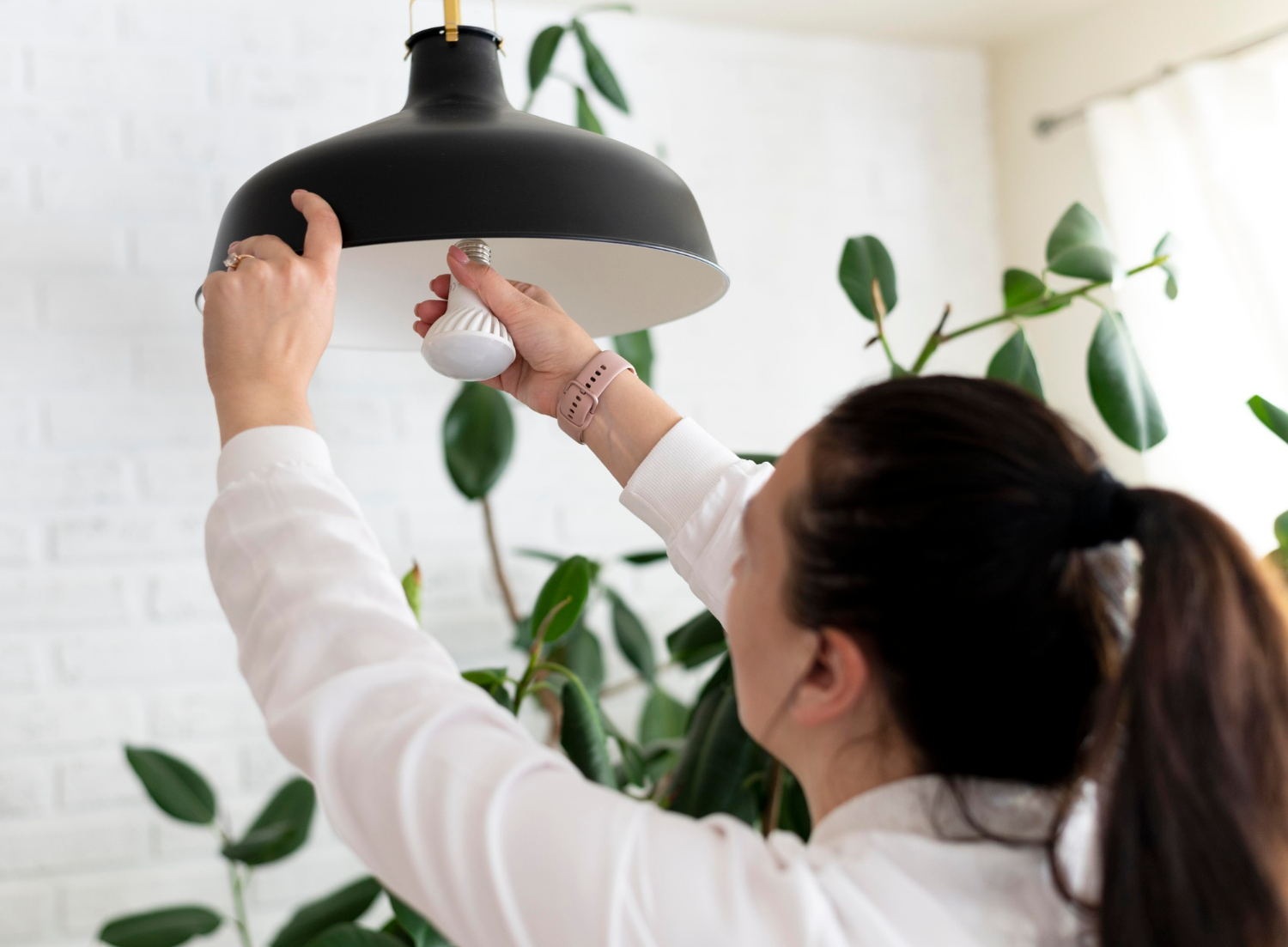Well-functioning light fittings are something most of us might take for granted until they start acting up. They play a huge role in both the functionality and ambiance of our homes. Whether it’s a flickering bulb or a fixture that’s completely unresponsive, these common issues can be more than just a minor annoyance. They can affect the comfort, safety, and energy usage in your home. Understanding some of these hiccups and knowing how to tackle them can make all the difference.
Light fittings, just like any other part of your home, need a little care and attention to keep them in great shape. This often involves identifying simple issues that can arise with time, such as flickering bulbs or dim lights. By spotting these problems early, you can reduce the inconvenience they cause and prevent them from escalating into bigger, costly repairs. Let’s explore some common problems with light fittings and how you can tackle them effectively.
Flickering Lights
One of the most common problems you might face is flickering lights. This can happen for many reasons, and sometimes, it’s as simple as a loose bulb that needs tightening. When the connection isn’t tight enough, the current might not flow smoothly, leading to that annoying flicker. Imagine trying to read a book under a flickering light—not great!
Here’s what you can do:
– Tighten the bulb: Make sure the bulb is properly screwed in.
– Check socket connections: Loose connections in the socket can also cause flickering.
– Consider bulb replacement: A faulty bulb might require a swap with a new one.
If your lights keep flickering despite your attempts to fix them, it’s time to call in a professional. Persistent flickering can hint at bigger wiring issues, and handling electrical work without expertise can be risky.
Dim Lights
Dim lighting can make your space seem dreary and might indicate a greater problem with your fixtures or electrical setup. Sometimes the wrong bulb type for your fitting could be the culprit. It’s important to ensure compatibility to avoid this problem.
Steps to consider:
– Check bulb specifications: Ensure the bulb matches your fixture’s requirements.
– Inspect your circuit: Dimness can suggest circuit issues, possibly due to overloaded circuits.
– Seek an electrician’s advice: When dim lights persist, professional evaluation is recommended.
While you can easily try a new bulb, getting an expert’s opinion ensures you address any underlying issues with the electricity supply. Understanding these simple checks and making the right choices can keep your home well-lit and inviting.
Buzzing or Humming Sounds
A strange buzzing or humming from your light fixtures can be quite unsettling. This noise is often a sign that something isn’t quite right with your lighting setup. Common causes include faulty dimmer switches or loose wires. If you’ve installed a new dimmer switch and hear a hum, the bulb could be incompatible. Such noises may also result from vibration within the fixture itself.
Here’s how to handle buzzing sounds:
– Inspect the dimmer switch: Ensure it’s compatible with your bulbs. Incandescent and LED bulbs need different dimmers.
– Check all connections: Ensure wiring is secure. Loose wires aren’t just noisy; they can be dangerous.
– Listen for persistent sounds: If the noise won’t go away, it’s time for professional help.
It’s better to rely on an experienced electrician to address these kinds of noise issues. They’re equipped to trace the source and ensure safety and peace of mind.
Frequent Bulb Burnouts
Are your bulbs burning out faster than they should? This annoying problem can arise from several causes like high voltage or general poor-quality bulbs. Fixtures that overheat are also a major reason bulbs expire too soon. Constantly replacing bulbs can be both frustrating and costly.
Try these steps:
– Check fixture ratings: Ensure that the bulb’s voltage matches the fixture’s capacity.
– Consider high-quality bulbs: Sometimes investing in better bulbs can save you money in the long run.
– Watch for overheating: Keep an eye on whether the fixture feels hot to the touch.
For repeated problems, seek a detailed check-up. Electricians can measure voltage and inspect your setup to identify less obvious problems.
Light Fittings Not Working at All
When a light fitting won’t work, it’s a clear indicator of a more stubborn issue. Start by checking if a breaker has tripped. Sometimes, it’s just a loose connection or a worn-out fixture causing trouble. However, electrical problems can become complex quickly.
Try solving it with these ideas:
– Reset the breaker: This might solve a problem caused by unforeseen surges.
– Verify switch function: Ensure it’s not the switch itself that’s bad.
– Look for faulty wiring: A glance might show visibly damaged wires.
Complex problems, like wiring issues, aren’t the best for a DIY approach. Professional intervention can resolve complications and prevent hazards.
Keep Your Lighting System Reliable
Keeping light fittings in excellent condition involves regular attention and prompt actions when issues arise. Consistent checks and quick resolutions avoid annoying problems and protect your home from potential electrical hazards. Reliable lighting means a safer, more enjoyable living space.
Routine assessment and timely solutions mean you avoid small mishaps growing into costly repairs. Whether it’s addressing buzzing sounds or ensuring bulbs last their expected lifetime, staying on top of your lighting maintenance will save you time and hassle in the long run. Trusting professional advice assures everything works as it should, contributing to a well-lit, secure, and pleasant home environment.
For a reliable and efficient solution to all your lighting needs, consider professional lighting installation services. At Adam Taylor Electrical, we ensure your home remains bright and safe with our expertise. Let our experienced team alleviate your concerns and provide the care your lighting system deserves.

